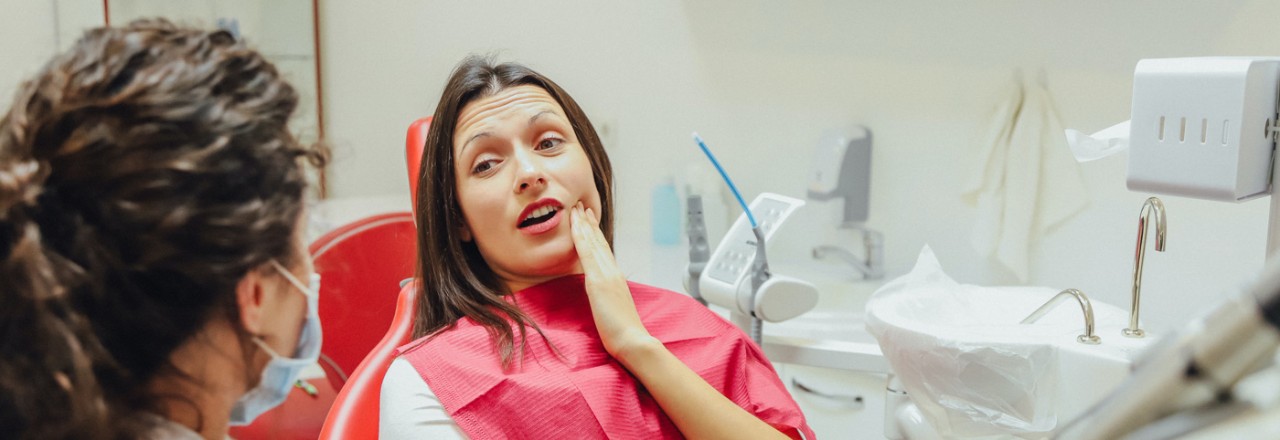What you need to know about plaque

What does everyone have but no one really wants? If you guessed plaque, you’re right! Plaque is an unfortunate byproduct of necessary habits like eating and drinking, but this is you can deal with it.
What is plaque?
Plaque is a soft, sticky film that builds up on your teeth and contains millions of bacteria. The bacteria in plaque cause tooth decay and gum disease if they are not removed regularly through brushing and flossing.
When you eat, the bacteria in plaque use the sugars in your food to produce acids that eat away at the tooth enamel. Repeated attacks cause the enamel to break down, eventually resulting in a cavity (or hole) in the tooth surface.
What happens if you don’t remove plaque?
Plaque that is not removed daily by brushing and flossing between teeth can eventually harden into tartar. Brushing and flossing become more difficult as tartar collects at the gum line. As the tartar, plaque and bacteria continue to increase, the gum tissue can become red, swollen and possibly bleed when you brush your teeth. This is called gingivitis, an early stage of gum (periodontal) disease.
Gingivitis is reversible with good oral hygiene and professional treatment; however, if left untreated, gingivitis can advance into periodontitis. Periodontitis, a more severe form of gum disease, occurs when bacterial infection causes your gums and the bone supporting the teeth to break down. Your gums may begin to recede, pulling back from the teeth. In the worst cases, the bone supporting the teeth is destroyed and can lead to tooth loss.
How to identify plaque
How to fight back against plaque
Since plaque is constantly growing in your mouth, the best way to remove it and to prevent tartar build-up is to brush and floss your teeth every day.
- Brush your teeth twice a day, using a soft-bristled toothbrush and fluoride toothpaste to remove plaque from tooth surfaces and protect your teeth from decay. Since plaque is a sticky substance, you must brush and floss to help remove it. Mouth rinses alone will not provide enough plaque removal to keep your teeth and gums healthy.
- Clean between teeth daily (preferably before bedtime) with floss or an interdental cleaner to remove plaque from the places where your toothbrush can’t reach. Flossing is essential to preventing gum disease.
- Eat a balanced diet and limit snacks between meals, which can provide more sugar for the bacteria in plaque to convert into decay-causing acids.
- Visit your dentist at least once a year for professional cleanings and oral exams.
Last updated April 1, 2022
Related articles:
The oral health information on this website is intended for educational purposes only. Always consult a licensed dentist or other qualified health care professional for any questions concerning your oral health.


